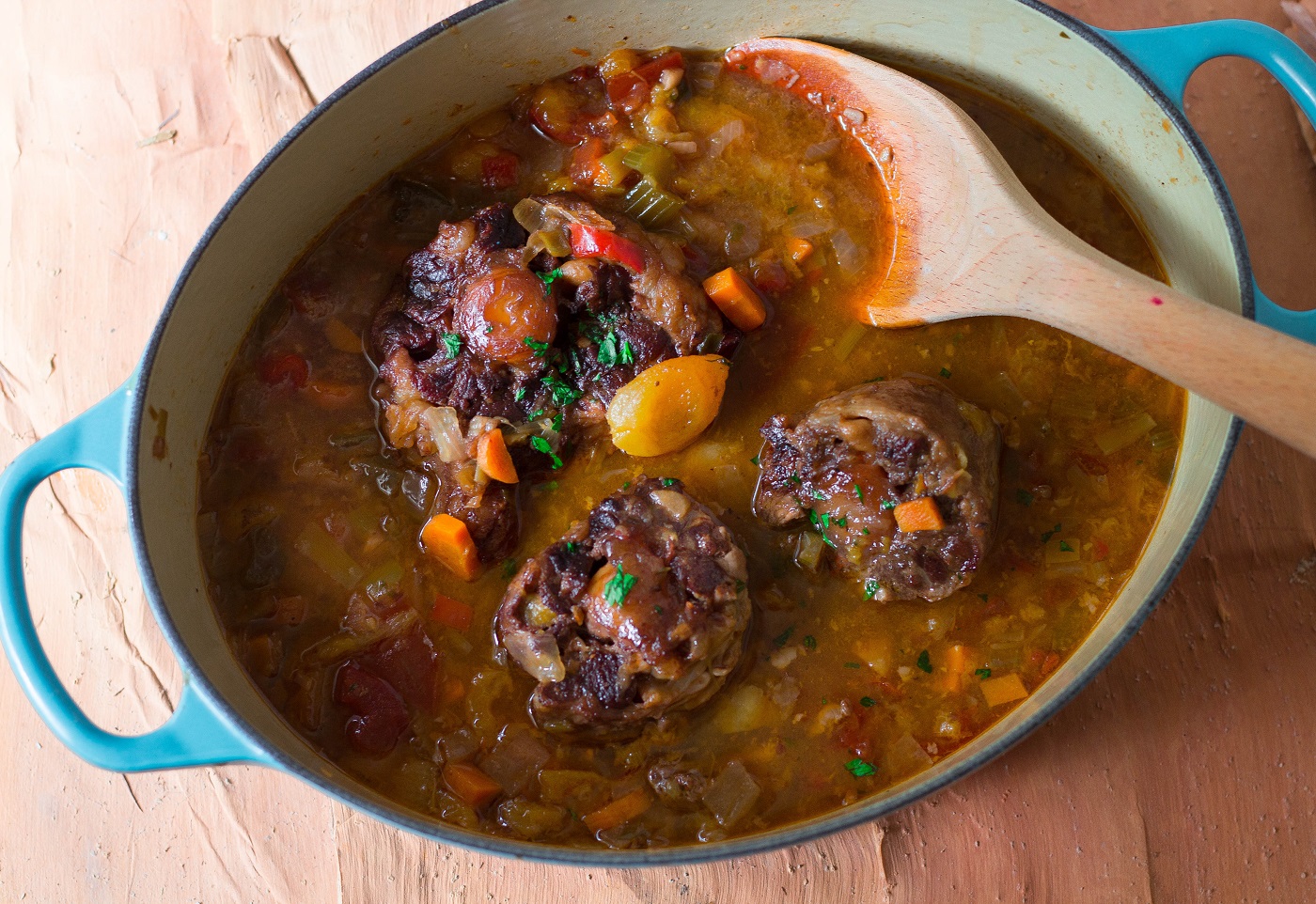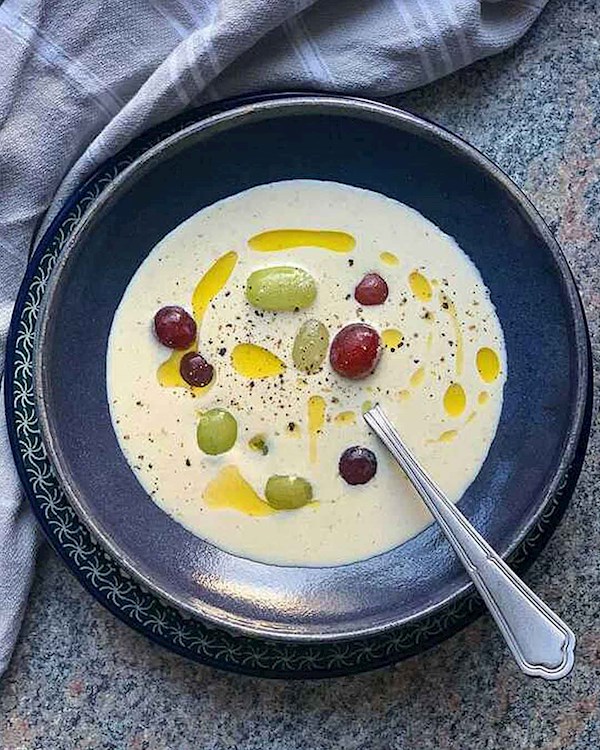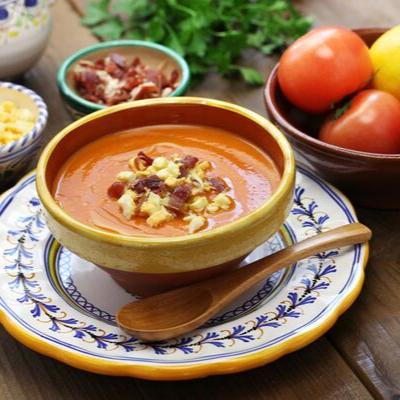INTRODUCTION INTO THE FOOD CULTURE OF CÓRDOBA
Spanish food is well known for its diverse and flavorful dishes, and this is all the more true when it comes to Córdoban cuisine, as there is a long, complex, and vibrant culinary heritage, which is reflected in its dishes. To understand this rich history, we must first rewind to a time before Córdoba was more than just the city of the Andalusian region of Spain, but rather the capital of Al-Andalus, the Muslim Empire on the Iberian peninsula.
During this time, Córdoba served as a beacon of trends across Europe and the Islamic world. There was no greater representative of this than the cultural icon Ziryab. Full name being Abu al-Hasan ‘Ali Ibn Nafi,’ he traveled from Baghdad to Córdoba in the early ninth century and was influential in numerous fields, including music, poetry, fashion, and gastronomy. Among his many contributions, Ziryab is credited with revolutionizing the art of dining in ninth-century Spain. Prior to his influence, meals were typically served with all the food piled onto a single communal dish, with metal goblets and plain tables. Ziryab introduced the concept of dining as a refined, structured experience, complete with tablecloths, glassware, and specific dining etiquette. Most notably, it was in Córdoba where he popularized the idea of the three-course meal: beginning with a light soup or appetizer, followed by the main course, and concluding with a sweet dessert.
With this context in mind, it is no surprise that the dishes originating from Córdoba reflect this legacy. From its hearty meals to sweet confections to its approach to dining and presentation, Córdoba’s cuisine is a living testament to a rich, multi-layered history that began centuries ago that you can experience first hand.
FOUR TRADITIONAL DISHES ORIGINATING FROM CÓRDOBA
Oxtail Stew
A version of this dish can be traced back to the days of the ancient Roman Empire, with the Córdoban version of the dish being known as Rabo de Toro, with ties to the local bullfighting traditions. It is a hearty meal that consists of slow cooked oxtail (as the name may suggest), vegetables, red wine, and traditional spices, and a flavor that has been described as rich and tender.

Ajoblanco
This dish is a cold, thick almond soup made of a blend of bread, water, salt, olive oil, garlic, and vinegar. Sometimes known as “white gazpacho,” this dish can trace its roots to the Moorish period (as Arabs introduced almonds to Al-Andalus), and it is the predecessor of other popular gazpacho dishes found throughout Spain.

Salmorejo
Another gazpacho ancestor, this dish came to popularity after the introduction of tomatoes from the New World in the sixteenth century. It is a thick, creamy soup made of a blend of tomato and bread, usually garnished with egg, ham, and olive oil.

Flamenquín
This dish is a popular appetizer and typically consists of Jamón serrano (a type of dry-cured ham) rolled in pork loin, then breaded and deep fried, though many variations exist, some including cheese, sausage, fish, or poultry.

It is impossible to have a trip to Cordoba without encountering its rich and diverse culinary culture, and even harder to walk away without encountering at least one dish that you’ll love.
¡Buen provecho!
CITATIONS
Allibhoy, Omar. “Traditional Spanish Oxtail Stew (Rabo de Toro) Recipe.” Omar Allibhoy – The Spanish Chef, January 7, 2025. https://www.thespanishchef.com/recipes/spanish-oxtail-stew.
Aloise, Lauren. “Flamenquines Cordobeses – Andalusian Fried Pork Rolls.” Spanish Sabores, March 4, 2024. https://spanishsabores.com/flamenquines-cordobeses-recipe/.
Lebling, Robert. Culinary Biographies: Ziryab. (2006) Culinary Biographies: A Dictionary of the World’s Great Historic Chefs, Cookbook Authors and Collectors, Farmers, Gourmets, Home Economists, Nutritionists, Restaurateurs, Philosophers, Physicians, Scientists, Writers, and Others Who Influenced the Way We Eat Today, Yes Press.
Gritzer, Daniel. “Ajo Blanco (Spanish Chilled ‘White Gazpacho’ Bread and Almond Soup) Recipe.” Serious Eats, March 18, 2025. https://www.seriouseats.com/ajo-blanco-spanish-bread-almond-cold-soup-recipe.
“Salmorejo Cordobés – Cold Spanish Tomato and Bread Soup from Cordoba.” Nick Malgieri, February 25, 2019. https://www.nickmalgieri.com/news/2016/8/12/salmorejo-cordobes.
